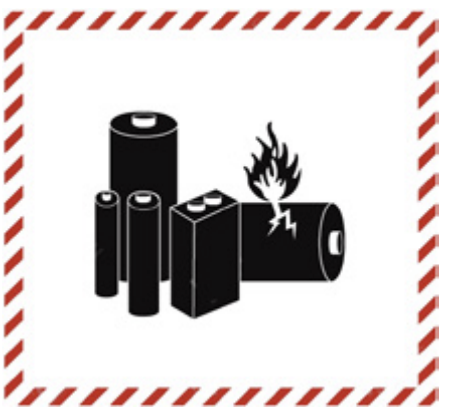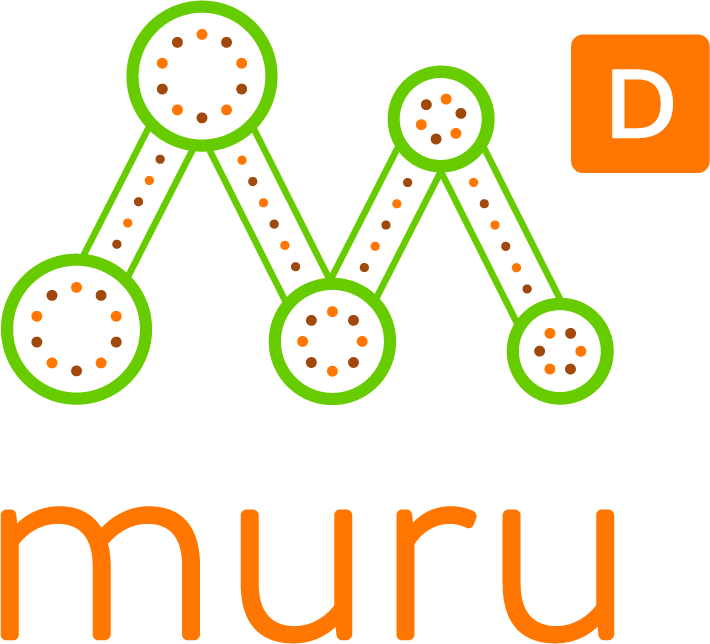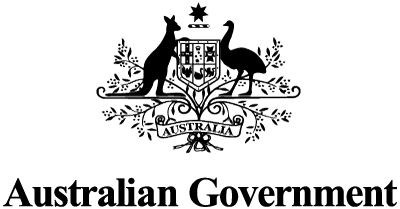The logistics markets in Australia and New Zealand are on the cusp of transformative changes as we move closer to 2025. With technological advancements, evolving consumer behaviors, and a shared focus on sustainability, these two markets are poised to redefine the logistics landscape in the Asia-Pacific region. Let’s explore the key trends and predictions shaping the future of logistics in these countries.
The Future of Logistics: What’s Ahead in 2025
FreightExchange
February 12, 2025


Top predictions shaping the future of logistics
E-Commerce and Last-Mile Delivery
E-commerce continues to revolutionise the logistics industry in Australia and New Zealand. In Australia, e-commerce is projected to account for over 20% of retail spending by 2025 (ManageVehicle), while New Zealand is experiencing similar growth trajectories. This boom has increased the demand for last-mile delivery solutions, with logistics providers investing heavily in urban warehouses, automated sorting systems, and advanced route optimization technologies to meet consumer expectations for speed and reliability.
FreightExchange’s digital platform provides a seamless solution for e-commerce businesses looking to optimise their last-mile deliveries. By connecting shippers and carriers, it ensures cost-effective and efficient delivery services tailored to the demands of the e-commerce boom.
Digital Transformation and Automation
The adoption of digital solutions and automation is a unifying trend across both markets. Technologies such as artificial intelligence (AI), machine learning, and the Internet of Things (IoT) are being deployed to optimise logistics operations. From demand forecasting and inventory management to real-time tracking, these innovations are driving efficiency and reducing costs. Automation in warehousing and transportation is further enhancing scalability and operational performance (Trace Consultants)
As a leader in digital logistics solutions, FreightExchange leverages streamlined freight management, enabling businesses to improve tracking, optimise routes, and enhance overall operational efficiency.
Sustainability and Green Logistics
Sustainability has become a critical focus for logistics companies in Australia and New Zealand. Green initiatives include adopting electric and hydrogen-powered vehicles, energy-efficient warehousing, and optimised delivery routes to reduce carbon footprints. Both countries’ logistics industries are aligning with government mandates and consumer expectations to build a greener future, setting benchmarks for the global logistics sector (ManageVehicle).
FreightExchange’s platform helps reduce empty miles and optimises freight loads, contributing to greener logistics practices by lowering overall fuel consumption and emissions.
Infrastructure and Investment
Investments in infrastructure are pivotal to the growth of logistics in both countries. Australia is focusing on large-scale projects aimed at improving freight corridors and intermodal connectivity, while New Zealand emphasises building resilient infrastructure that can withstand natural disasters. Enhanced transportation networks and the development of logistics real estate are laying the foundation for sustained growth in these markets (MHD Supply Chain).
FreightExchange supports infrastructure growth by enabling businesses to efficiently utilise existing freight networks, enhancing connectivity and maximising the use of logistics assets.
Market Growth and Expansion
The logistics and warehousing sector in Australia is projected to grow at a compound annual growth rate (CAGR) of 3.4% from 2020 to 2025 (MHD Supply Chain). Meanwhile, New Zealand’s freight and logistics market is expected to reach USD 18.28 billion by 2025, driven by increased demand in agriculture, manufacturing, and retail (Mordor Intelligence). Cross-border trade between the two countries is also thriving, facilitated by improved trade agreements and streamlined logistics processes.
FreightExchange’s cross-border logistics capabilities make it easier for businesses to navigate trade between Australia and New Zealand, fostering market growth and streamlining international operations.
Workforce and Talent Development Challenges
One of the pressing challenges for the logistics industry in both Australia and New Zealand is workforce development. A shortage of drivers and skilled logistics professionals is prompting companies to invest in training and upskilling. Additionally, the increasing use of technology requires new skill sets, particularly in managing AI and automation tools (Trace Consultants).
FreightExchange’s platform helps mitigate workforce challenges by providing tools that simplify logistics operations, reducing the need for extensive manual intervention and enabling existing staff to focus on higher-value tasks.
Resilience and Risk Mitigation
Geopolitical risks, climate change, and natural disasters present ongoing challenges for the logistics sector. To address these issues, companies in both Australia and New Zealand are building more resilient supply chains by diversifying sourcing and strengthening infrastructure. Multi-sourcing strategies and robust partnerships are becoming standard practices to ensure supply chain continuity (ManageVehicle).
FreightExchange enhances supply chain resilience by offering real-time visibility and adaptable freight matching solutions, ensuring businesses can quickly respond to disruptions.
Regional and Global Integration
Australia and New Zealand are deepening their integration into the Asia-Pacific supply chain ecosystem. Collaborative trade agreements and partnerships with neighboring countries are creating new growth opportunities, further solidifying the region’s role as a logistics hub (Trace Consultants).
FreightExchange plays a pivotal role in regional and global integration by facilitating seamless freight solutions and logistics tracking across borders, strengthening supply chain networks in the ANZ region.
Looking Ahead
In 2025, the logistics industries in Australia and New Zealand are set to embrace innovation and sustainability at an unprecedented scale. By leveraging cutting-edge technology, investing in infrastructure, and adopting greener practices, these markets are not only addressing current challenges but also shaping the future of logistics in the region. Whether it’s through improved delivery systems, enhanced supply chain resilience, or a commitment to environmental stewardship, the logistics sector in Australia and New Zealand is ready to lead the way into a transformative new era.
FreightExchange is at the forefront of this transformation, offering digital solutions that optimise freight management, enhance sustainability, and strengthen resilience. Whether it’s improving delivery systems, addressing workforce challenges, or supporting regional integration, FreightExchange empowers businesses to navigate the future of logistics with confidence.
Top predictions shaping the future of logistics
E-Commerce and Last-Mile Delivery
E-commerce continues to revolutionise the logistics industry in Australia and New Zealand. In Australia, e-commerce is projected to account for over 20% of retail spending by 2025 (ManageVehicle), while New Zealand is experiencing similar growth trajectories. This boom has increased the demand for last-mile delivery solutions, with logistics providers investing heavily in urban warehouses, automated sorting systems, and advanced route optimization technologies to meet consumer expectations for speed and reliability.
FreightExchange’s digital platform provides a seamless solution for e-commerce businesses looking to optimise their last-mile deliveries. By connecting shippers and carriers, it ensures cost-effective and efficient delivery services tailored to the demands of the e-commerce boom.
Digital Transformation and Automation
The adoption of digital solutions and automation is a unifying trend across both markets. Technologies such as artificial intelligence (AI), machine learning, and the Internet of Things (IoT) are being deployed to optimise logistics operations. From demand forecasting and inventory management to real-time tracking, these innovations are driving efficiency and reducing costs. Automation in warehousing and transportation is further enhancing scalability and operational performance (Trace Consultants)
As a leader in digital logistics solutions, FreightExchange leverages streamlined freight management, enabling businesses to improve tracking, optimise routes, and enhance overall operational efficiency.
Sustainability and Green Logistics
Sustainability has become a critical focus for logistics companies in Australia and New Zealand. Green initiatives include adopting electric and hydrogen-powered vehicles, energy-efficient warehousing, and optimised delivery routes to reduce carbon footprints. Both countries’ logistics industries are aligning with government mandates and consumer expectations to build a greener future, setting benchmarks for the global logistics sector (ManageVehicle).
FreightExchange’s platform helps reduce empty miles and optimises freight loads, contributing to greener logistics practices by lowering overall fuel consumption and emissions.
Infrastructure and Investment
Investments in infrastructure are pivotal to the growth of logistics in both countries. Australia is focusing on large-scale projects aimed at improving freight corridors and intermodal connectivity, while New Zealand emphasises building resilient infrastructure that can withstand natural disasters. Enhanced transportation networks and the development of logistics real estate are laying the foundation for sustained growth in these markets (MHD Supply Chain).
FreightExchange supports infrastructure growth by enabling businesses to efficiently utilise existing freight networks, enhancing connectivity and maximising the use of logistics assets.
Market Growth and Expansion
The logistics and warehousing sector in Australia is projected to grow at a compound annual growth rate (CAGR) of 3.4% from 2020 to 2025 (MHD Supply Chain). Meanwhile, New Zealand’s freight and logistics market is expected to reach USD 18.28 billion by 2025, driven by increased demand in agriculture, manufacturing, and retail (Mordor Intelligence). Cross-border trade between the two countries is also thriving, facilitated by improved trade agreements and streamlined logistics processes.
FreightExchange’s cross-border logistics capabilities make it easier for businesses to navigate trade between Australia and New Zealand, fostering market growth and streamlining international operations.
Workforce and Talent Development Challenges
One of the pressing challenges for the logistics industry in both Australia and New Zealand is workforce development. A shortage of drivers and skilled logistics professionals is prompting companies to invest in training and upskilling. Additionally, the increasing use of technology requires new skill sets, particularly in managing AI and automation tools (Trace Consultants).
FreightExchange’s platform helps mitigate workforce challenges by providing tools that simplify logistics operations, reducing the need for extensive manual intervention and enabling existing staff to focus on higher-value tasks.
Resilience and Risk Mitigation
Geopolitical risks, climate change, and natural disasters present ongoing challenges for the logistics sector. To address these issues, companies in both Australia and New Zealand are building more resilient supply chains by diversifying sourcing and strengthening infrastructure. Multi-sourcing strategies and robust partnerships are becoming standard practices to ensure supply chain continuity (ManageVehicle).
FreightExchange enhances supply chain resilience by offering real-time visibility and adaptable freight matching solutions, ensuring businesses can quickly respond to disruptions.
Regional and Global Integration
Australia and New Zealand are deepening their integration into the Asia-Pacific supply chain ecosystem. Collaborative trade agreements and partnerships with neighboring countries are creating new growth opportunities, further solidifying the region’s role as a logistics hub (Trace Consultants).
FreightExchange plays a pivotal role in regional and global integration by facilitating seamless freight solutions and logistics tracking across borders, strengthening supply chain networks in the ANZ region.
Looking Ahead
In 2025, the logistics industries in Australia and New Zealand are set to embrace innovation and sustainability at an unprecedented scale. By leveraging cutting-edge technology, investing in infrastructure, and adopting greener practices, these markets are not only addressing current challenges but also shaping the future of logistics in the region. Whether it’s through improved delivery systems, enhanced supply chain resilience, or a commitment to environmental stewardship, the logistics sector in Australia and New Zealand is ready to lead the way into a transformative new era.
FreightExchange is at the forefront of this transformation, offering digital solutions that optimise freight management, enhance sustainability, and strengthen resilience. Whether it’s improving delivery systems, addressing workforce challenges, or supporting regional integration, FreightExchange empowers businesses to navigate the future of logistics with confidence.
Keep Reading
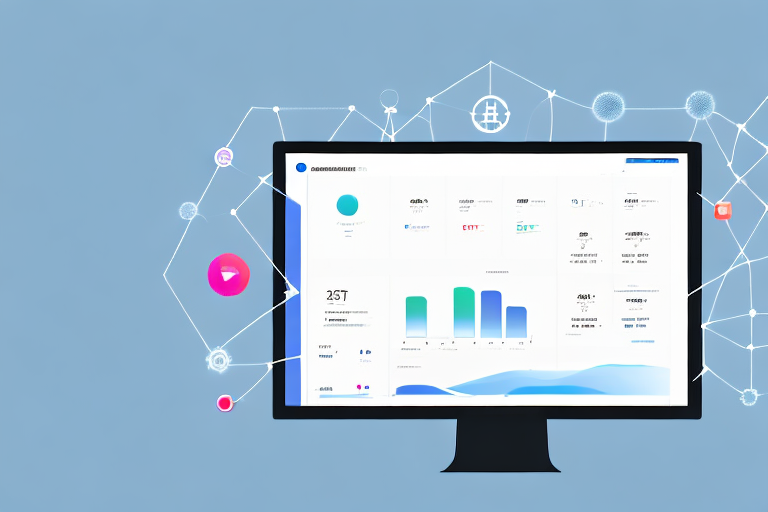
Integrating Shipping with NetSuite
ERP integrations Integrating key business functions is essential for efficiency in today’s business landscape. Integrating your shipping with a powerful…
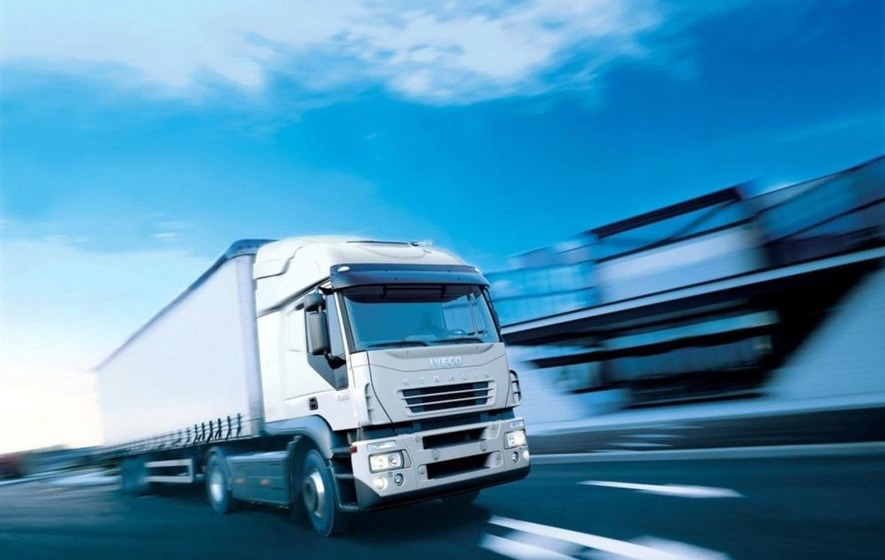
7 Key Australian B2B Freight Trends
Freight management used to be about printing labels fast or booking the cheapest rate. However, logistics operations are resource heavy in procurement, finance and…
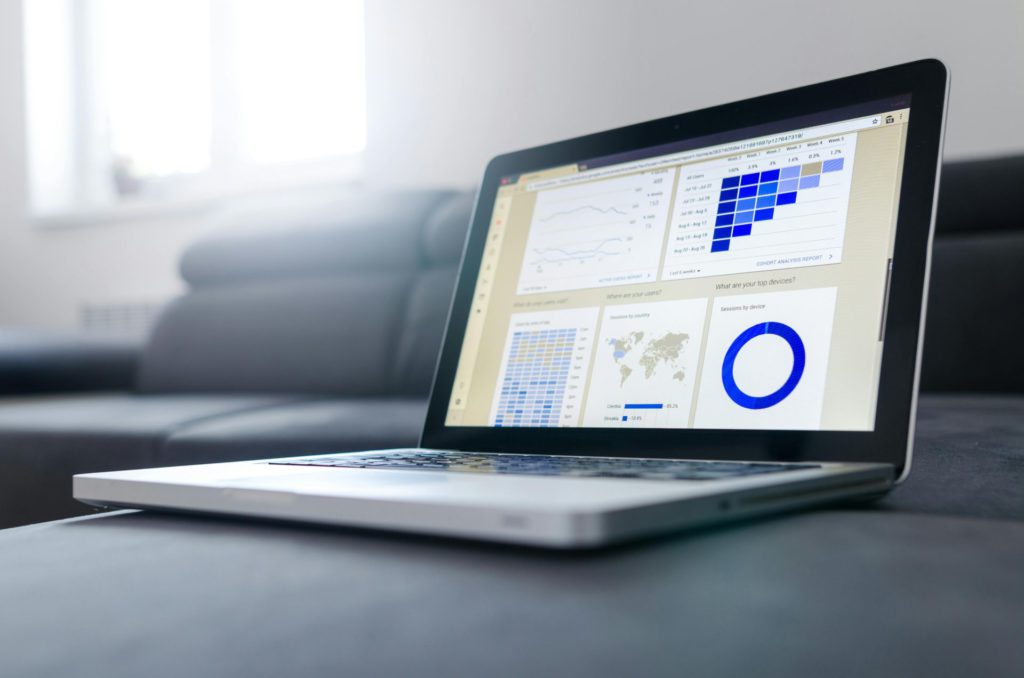
Data-Driven Decision Making: How to Successfully Navigate Peak Season Logistics
The peak season will be the busiest and most complex time of the year, and businesses can’t afford to make…
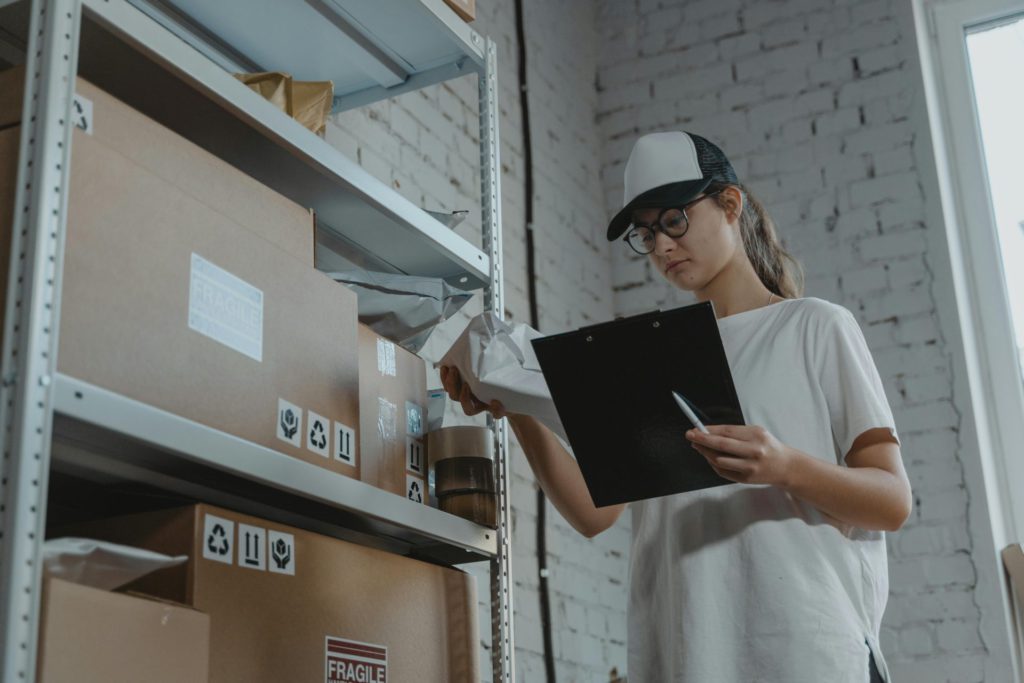
Peak Season Efficiency Begins with Strategic Inventory Positioning
As businesses prepare for the end-of-year holiday rush, they are looking for ways to increase efficiency and gain an edge…
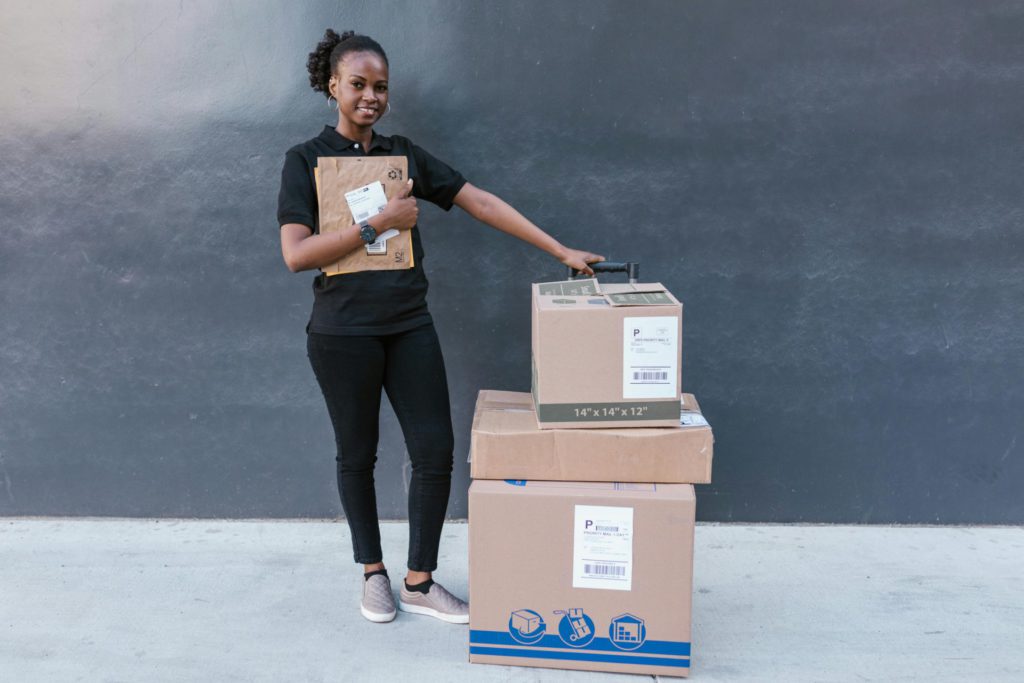
Leveraging Automation in Logistics: How to Level Up This Peak Season
As businesses prepare for the peak season of 2024, they must be ready to encounter different logistical challenges brought on…

Great Service
Send us a message and our experienced customer service team will email you back the with answers on the same day


